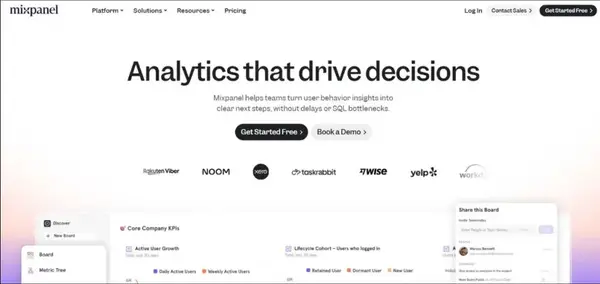Svenska Kraftnät Breach: Everest Ransomware Strikes Sweden's Critical Power Infrastructure
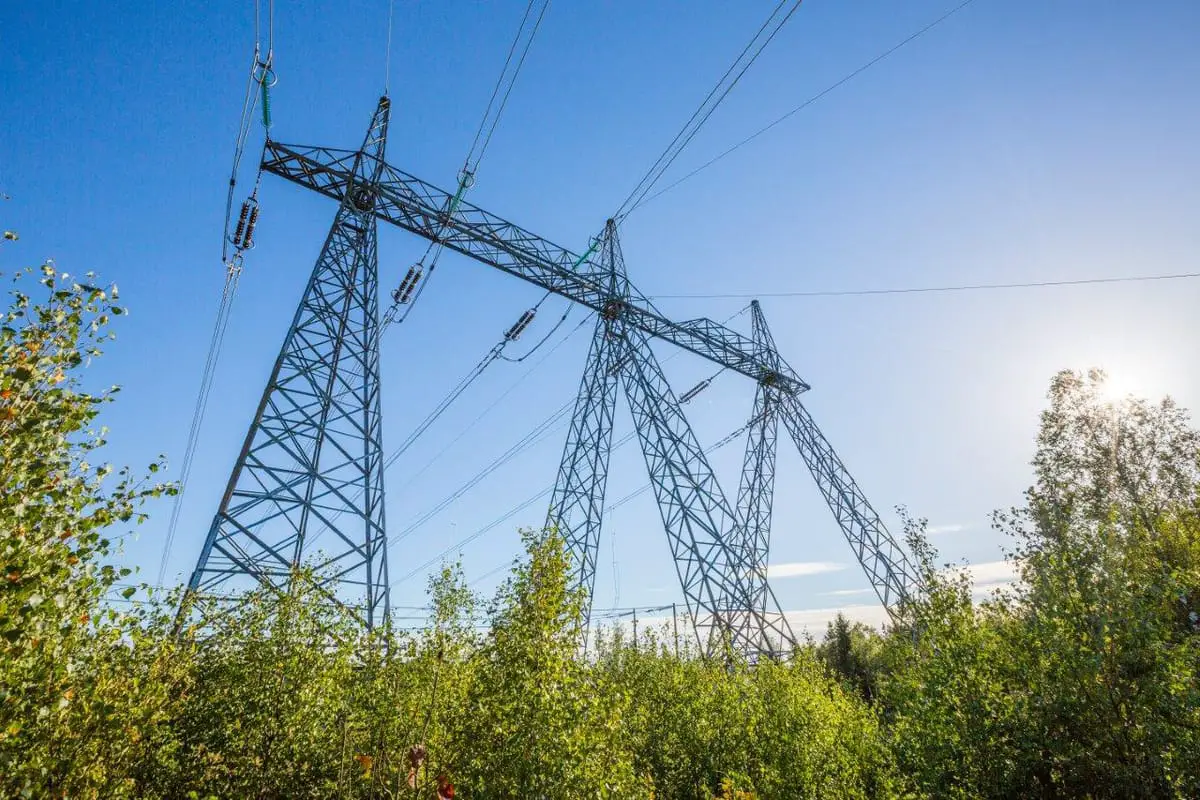
October 28, 2025 — Sweden's national power grid operator, Svenska kraftnät, has confirmed a significant data breach after the notorious Everest ransomware group claimed responsibility for an attack that compromised the organization's external file transfer systems. The incident marks another alarming escalation in cyberattacks targeting critical energy infrastructure across Europe.
The Breach: What We Know
On October 25, 2025, the Everest ransomware gang publicly announced the cyberattack on their dark web leak site, threatening to release approximately 280 gigabytes of stolen data unless Svenska kraftnät complied with their ransom demands. The following day, on October 26, the state-owned transmission system operator confirmed the breach in an official statement.
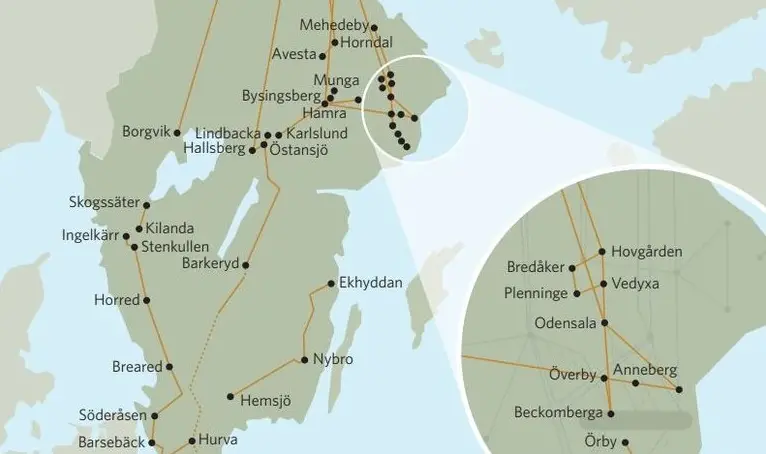
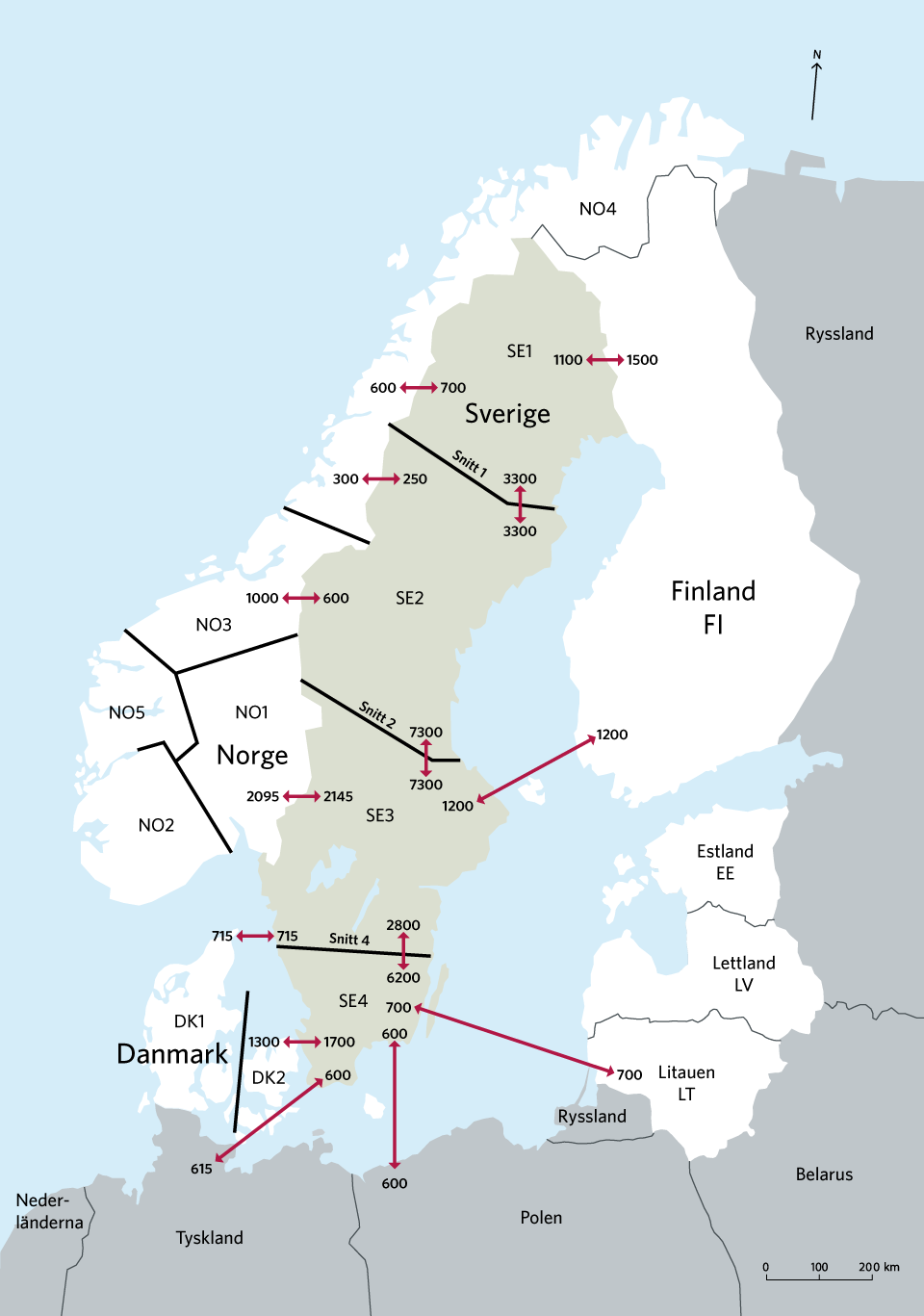
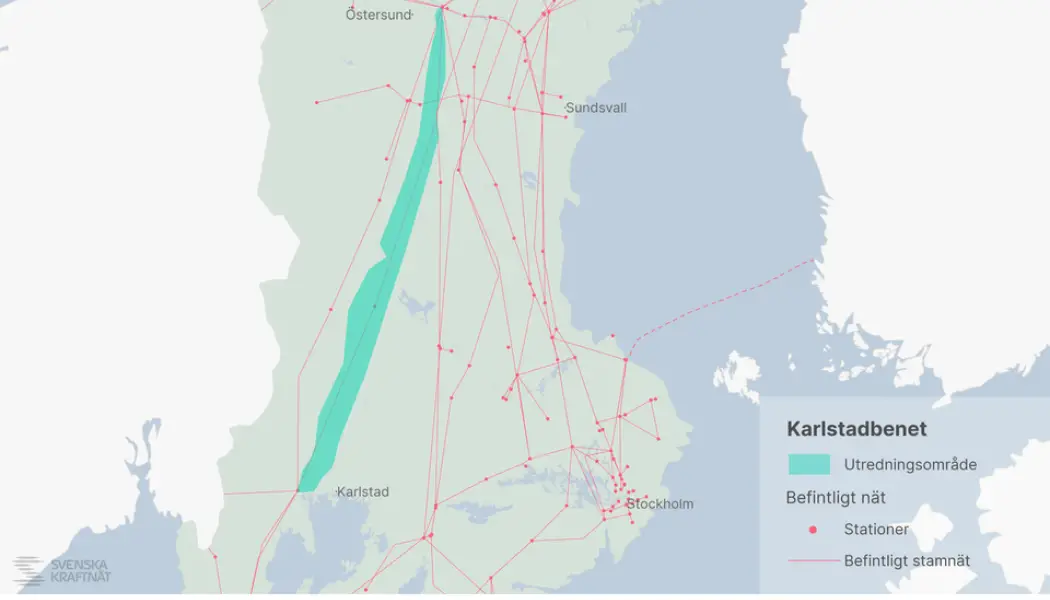
Cem Göcgören, Head of Information Security at Svenska kraftnät, addressed the incident with measured transparency: "We take this breach very seriously and have taken immediate action. We understand that this may cause concern, but the electricity supply has not been affected by this breach."
The attack targeted what the organization described as a "limited external file transfer solution" — a critical detail that fits a disturbing pattern of ransomware groups exploiting file transfer technologies to breach major organizations.
No Impact on Power Operations — Yet
Crucially, Svenska kraftnät has emphasized that Sweden's electricity transmission system and power supply remain fully operational. Current assessments indicate that mission-critical operational technology (OT) systems have not been compromised. The breach appears confined to information technology (IT) systems, specifically the file transfer infrastructure.
However, cybersecurity experts caution that even IT-only breaches can expose valuable intelligence about network architecture, employee information, vendor relationships, and security protocols that could be leveraged in future attacks against operational systems.
The Everest Ransomware Group: A Persistent Threat Actor
Evolution and Tactics
The Everest ransomware group has operated as a significant cybercriminal threat since at least December 2020, establishing itself through a constantly evolving operational model. What makes Everest particularly dangerous is their tactical flexibility:
Initial Operations (2020-2022): The group began with traditional double-extortion ransomware attacks, both encrypting victim files and exfiltrating data to maximize leverage.
Transition to Data Extortion (2022-present): Everest increasingly shifted away from encryption toward pure data theft and extortion. This approach eliminates the need for complex ransomware deployment while maintaining the extortion pressure that drives ransom payments.
Initial Access Broker Activities: The group has also operated as an initial access broker, compromising networks and selling access to other threat actors on dark web forums.
Attack Vectors and Capabilities
Everest employs a sophisticated multi-stage attack methodology:
- Initial Access: Exploitation of vulnerable public-facing applications, compromised credentials obtained through phishing campaigns, and brute-force attacks against remote access services
- Command and Control: Historical reliance on Cobalt Strike beacons, supplemented by legitimate remote access tools like AnyDesk, Splashtop, and Atera to blend with normal network activity
- Data Exfiltration: Leveraging file transfer capabilities of remote access tools and cloud services to extract sensitive information
- Extortion: Threatening public release of stolen data via their Tor-based leak site unless ransom demands are met
Recent High-Profile Victims
The attack on Svenska kraftnät follows a series of high-profile Everest operations in 2025:
- Dublin Airport (October 2025): The group claimed to have exfiltrated 1.5 million passenger and operations records
- BMW Group (September 2025): Approximately 600,000 lines of internal documents allegedly stolen, including audit reports, engineering specifications, and financial statements
- SAP SuccessFactors Exploitation (May 2025): Targeted HR management platforms at multiple organizations including Coca-Cola, stealing employee PII, salary records, and identity documents
Everest has demonstrated capabilities across diverse sectors including government, healthcare, manufacturing, IT services, and now critical infrastructure, with confirmed victims across North America, Europe, and Asia.
A Resilient Operation Despite Setbacks
Notably, Everest's dark web leak site was defaced and taken offline in April 2025 by an unknown attacker who replaced the site's content with the message: "Don't do crime CRIME IS BAD xoxo from Prague." Despite this disruption, the group quickly recovered and resumed operations, demonstrating operational resilience.
The File Transfer Solution Vulnerability Problem
The attack on Svenska kraftnät's file transfer infrastructure is part of a troubling pattern of ransomware groups systematically targeting managed file transfer (MFT) solutions throughout 2025.
The 2025 File Transfer Exploitation Trend
Cleo Vulnerabilities (December 2024-February 2025): The Cl0p ransomware group exploited CVE-2024-50623 and CVE-2024-55956 in Cleo's Harmony, VLTrader, and LexiCom platforms, compromising over 300 organizations globally. By February 2025, Cl0p was responsible for approximately one-third of global ransomware incidents in a single month.
GoAnywhere MFT (September 2025): The Storm-1175 group exploited CVE-2025-10035, a critical deserialization vulnerability with a CVSS score of 10, to deploy Medusa ransomware. Microsoft detected active exploitation enabling command injection and remote code execution without authentication.
CrushFTP (March 2025): CVE-2025-31161 allowed unauthenticated attackers to temporarily authenticate as any user, including administrators, leading to full server compromise.
Why File Transfer Solutions Are Targeted
These platforms present attractive targets for several reasons:
- Central Data Repositories: MFT solutions aggregate sensitive information from across organizations, providing high-value targets for data theft
- Internet-Facing Exposure: By design, these systems must be accessible externally, expanding the attack surface
- Legacy Security Assumptions: Many organizations treat file transfer as a utility rather than a critical security component, resulting in insufficient monitoring and protection
- Supply Chain Impact: Breaching an MFT solution can expose data from multiple organizations, amplifying the attack's impact
The European Critical Infrastructure Threat Landscape
The Svenska kraftnät breach occurs against a backdrop of escalating cyberattacks against European energy infrastructure:
Concerning Statistics
- Over 200 reported cyber incidents targeted the energy sector in 2023, with more than half directed specifically at Europe
- Cyberattacks against the energy and utilities sector more than doubled between 2020 and 2022
- Successful cyberattacks on UK utility companies surged by 586% from 2022 to 2023
- In 2023, 61% of all recorded cyberattacks worldwide originated from Russia, many targeting European critical infrastructure
The Ransomware Dominance
While state-sponsored groups generate headlines, financially motivated ransomware operations remain the most persistent threat to European energy infrastructure. Security researchers note that the vast majority of successful breaches in the past two years have affected IT systems rather than operational technology, but the psychological and economic impact remains significant.
Government Response and Regulation
The European Union has responded with strengthened cybersecurity frameworks:
- NIS2 Directive (EU/2022/2555): Establishes measures for a high common level of cybersecurity across the Union
- Critical Entities Resilience Directive (EU/2022/2557): Focuses on physical and cyber resilience of critical infrastructure
- EU Preparedness Union Strategy (March 2025): Aims to strengthen Europe's capability to prevent and respond to hybrid and cyber threats affecting energy systems
However, challenges remain in ensuring harmonized enforcement and coordination among member states. The EU Agency for Cybersecurity (ENISA) found that 32% of energy sector operators do not have a single critical OT process monitored by a Security Operations Center.
Implications and Analysis
The IT vs. OT Divide
Svenska kraftnät's emphasis that operational systems remain unaffected highlights a crucial distinction in critical infrastructure security. While IT breaches may not immediately disrupt power generation, they present several risks:
Intelligence Gathering: Stolen documents may reveal network architectures, vendor relationships, security protocols, and employee information valuable for future operational attacks.
Social Engineering: Compromised employee data enables sophisticated spear-phishing campaigns targeting personnel with access to operational systems.
Vendor Chain Exposure: File transfer systems often contain data about third-party relationships, potentially exposing vulnerabilities across the supply chain.
Regulatory and Reputational Impact: Even without operational disruption, data breaches trigger regulatory reporting requirements, investigation costs, and reputational damage.
The Ransomware Economics
Everest's claimed exfiltration of 280GB of data from a national power grid operator demonstrates the group's strategic targeting of high-value victims. Critical infrastructure operators face intense pressure to prevent public data exposure due to:
- National security implications
- Potential for copycat attacks using exposed information
- Regulatory consequences under EU cybersecurity frameworks
- Public confidence in critical service providers
This pressure creates leverage for ransomware groups, even when operational systems remain secure.
Sweden's Response Posture
Svenska kraftnät's response demonstrates several best practices:
Immediate Disclosure: Public acknowledgment within 24-48 hours of the leak site posting Law Enforcement Coordination: Prompt reporting to Swedish police authorities Inter-Agency Collaboration: Contact with government cybersecurity and critical infrastructure protection agencies Transparency Without Panic: Clear communication that power supply remains unaffected while investigation continues
However, the organization has appropriately declined to provide specific details about compromised information while the investigation and police inquiry are ongoing.
Defensive Recommendations for Critical Infrastructure Operators
The Svenska kraftnät incident reinforces several critical security imperatives:
1. Secure File Transfer Infrastructure
- Implement Zero-Trust Architecture: Treat file transfer solutions as high-risk attack vectors requiring strong authentication, network segmentation, and continuous monitoring
- Rapid Patching: Maintain aggressive patch management for all file transfer solutions, with expedited processes for critical vulnerabilities
- Access Controls: Enforce least-privilege access principles and multi-factor authentication for all file transfer system access
- Data Classification: Limit sensitive information stored on file transfer platforms and implement encryption at rest and in transit
2. Enhanced Monitoring and Detection
- Security Operations Center Coverage: Ensure 24/7 SOC monitoring of both IT and OT environments
- Behavioral Analytics: Deploy user and entity behavior analytics to detect anomalous data access and exfiltration patterns
- File Transfer Logging: Maintain comprehensive logs of all file transfer activities with automated alerting for suspicious patterns
- Network Segmentation: Isolate file transfer infrastructure from operational technology networks
3. Incident Response Preparedness
- Tabletop Exercises: Conduct regular scenarios specifically addressing file transfer compromise and ransomware extortion
- Communication Plans: Develop pre-approved messaging for various breach scenarios to enable rapid, accurate public disclosure
- Backup and Recovery: Maintain offline, encrypted backups of critical data to reduce ransomware leverage
- Legal and Regulatory Coordination: Establish relationships with law enforcement and regulatory bodies before incidents occur
4. Third-Party Risk Management
- Vendor Security Assessments: Rigorously evaluate security practices of file transfer solution providers
- Supply Chain Visibility: Map data flows through file transfer systems to understand potential exposure across business partners
- Contractual Security Requirements: Include specific security standards and breach notification requirements in vendor agreements
Looking Ahead: The Evolving Threat
The Everest attack on Svenska kraftnät will not be an isolated incident. Several factors suggest continued escalation of ransomware targeting critical infrastructure:
Financial Motivation: Critical infrastructure operators typically have financial resources to pay ransoms and face intense pressure to prevent service disruption.
Geopolitical Tensions: While this attack appears financially motivated, the line between cybercrime and state-sponsored operations continues to blur, particularly in the energy sector.
Digital Transformation Risk: The energy sector's ongoing transition to renewable sources, smart grids, and distributed generation expands attack surfaces faster than security can mature.
Ransomware Group Evolution: Groups like Everest continue refining tactics, shifting from encryption to pure extortion, and finding new exploitation vectors as organizations harden traditional attack paths.
The EU's Critical Window
With the NIS2 Directive requiring member states to appoint competent authorities by June 2025 and growing recognition of cybersecurity as critical to energy security, Europe faces a crucial period for strengthening critical infrastructure defenses.
The Svenska kraftnät breach serves as both a warning and a test case for the effectiveness of emerging EU cybersecurity frameworks. How Sweden and the EU respond — in terms of investigation, attribution, regulatory action, and defensive improvements — will shape the critical infrastructure security landscape for years to come.
Conclusion
The Everest ransomware group's attack on Svenska kraftnät represents more than an isolated cybersecurity incident. It exemplifies the persistent and evolving threat facing critical infrastructure operators globally, the tactical evolution of ransomware groups toward data extortion, and the systemic vulnerabilities in file transfer solutions that have become a preferred attack vector.
While Sweden's power grid continues operating normally, the breach exposes 280GB of potentially sensitive information that could inform future attacks against this or other critical infrastructure targets. As European nations accelerate digital transformation of energy systems while facing heightened geopolitical tensions, the incident underscores that cybersecurity resilience is inseparable from energy security.
For security professionals, the message is clear: file transfer solutions require the same rigorous security controls as any other critical system, continuous monitoring must span IT and OT environments, and incident response capabilities must be tested and refined before — not during — a crisis.
The investigation into the Svenska kraftnät breach continues. As additional details emerge about the compromised data, attack methodology, and response effectiveness, the cybersecurity community will gain valuable insights into defending against this persistent and dangerous threat actor.
Update Frequency: This is a developing story. We will update this article as Svenska kraftnät, Swedish authorities, or cybersecurity researchers release additional information about the breach scope, attack techniques, or attribution.
Sources: Information compiled from official statements by Svenska kraftnät, cybersecurity research firms, ransomware monitoring platforms, and security industry reporting.
For organizations seeking to assess their ransomware preparedness, consider conducting an independent security assessment of file transfer infrastructure, implementing behavioral monitoring for data exfiltration, and testing incident response procedures through realistic tabletop exercises.





